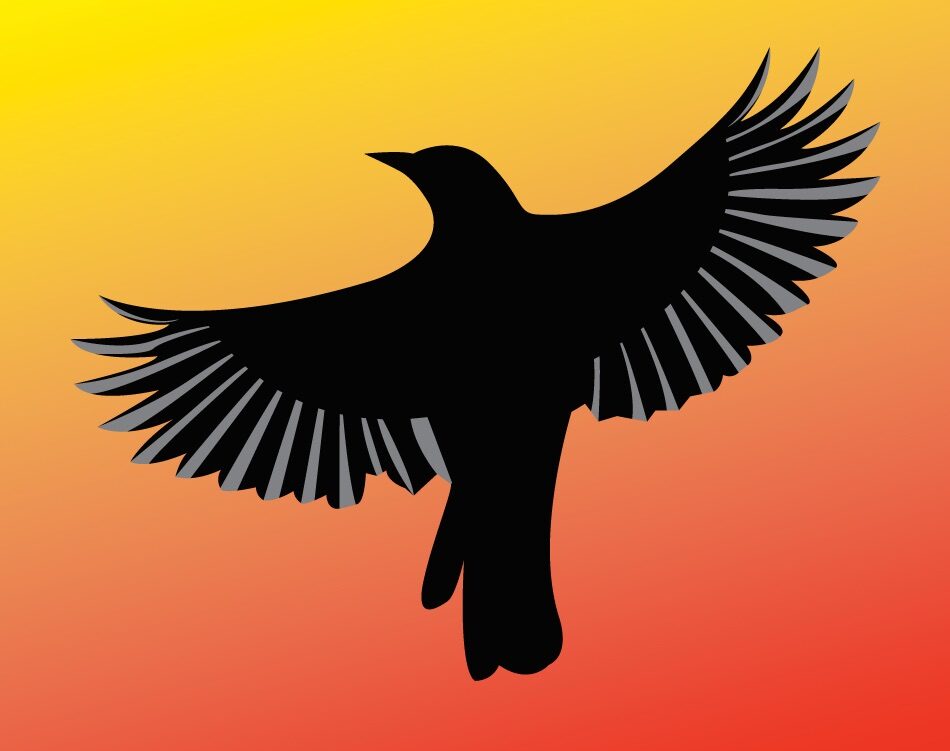Interview: Midwinter Fae authors – Part 4
Midwinter Fae, the second volume in the anthology series A Procession of Faeries, brings you nineteen tales of magic, beauty, wonder…and sometimes danger, as the Fae can be unpredictable, and follow their own rules. Midwinter Fae is available for a limited time in The Realm of Faerie bundle. Enter the Realm of Faerie, a world…
